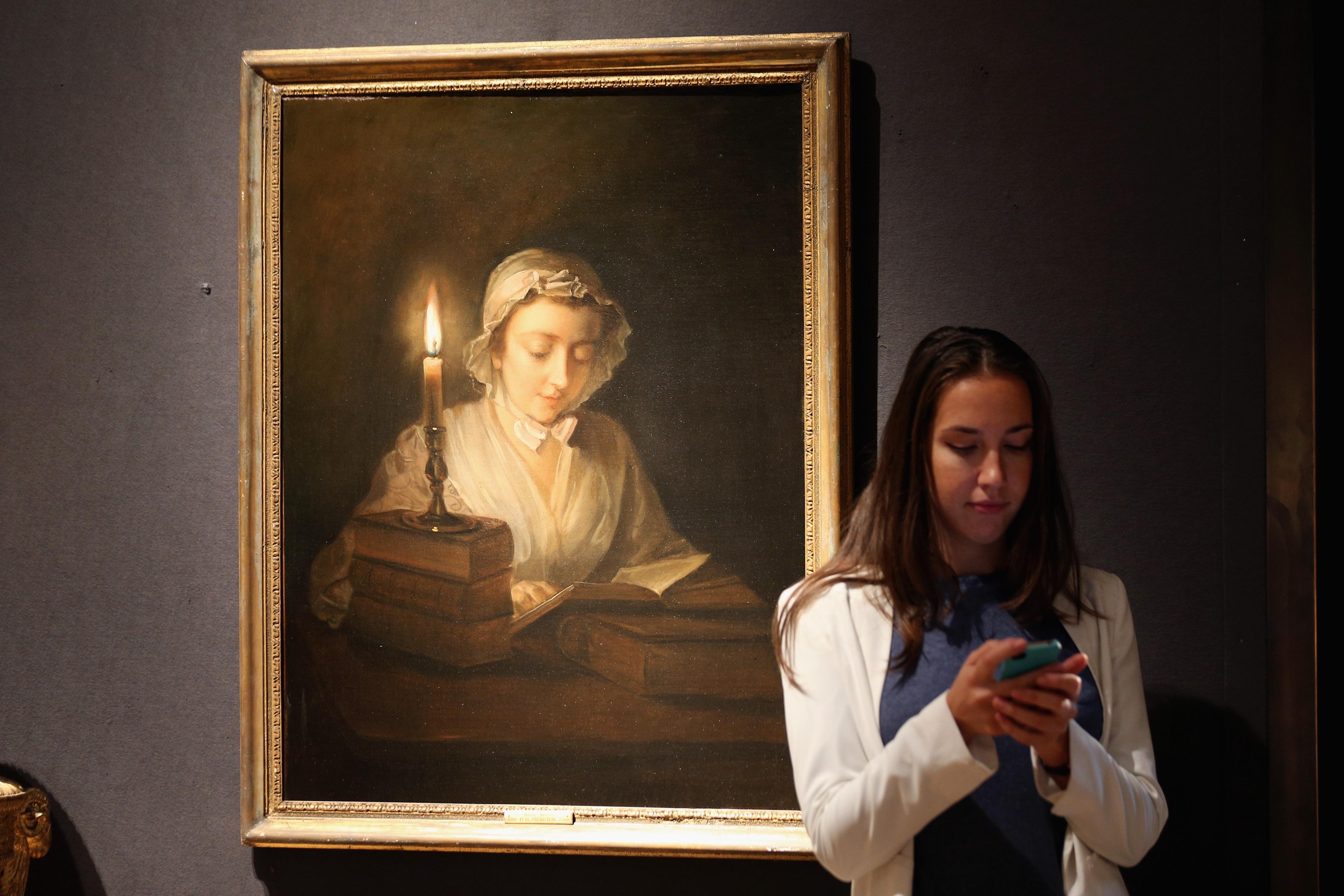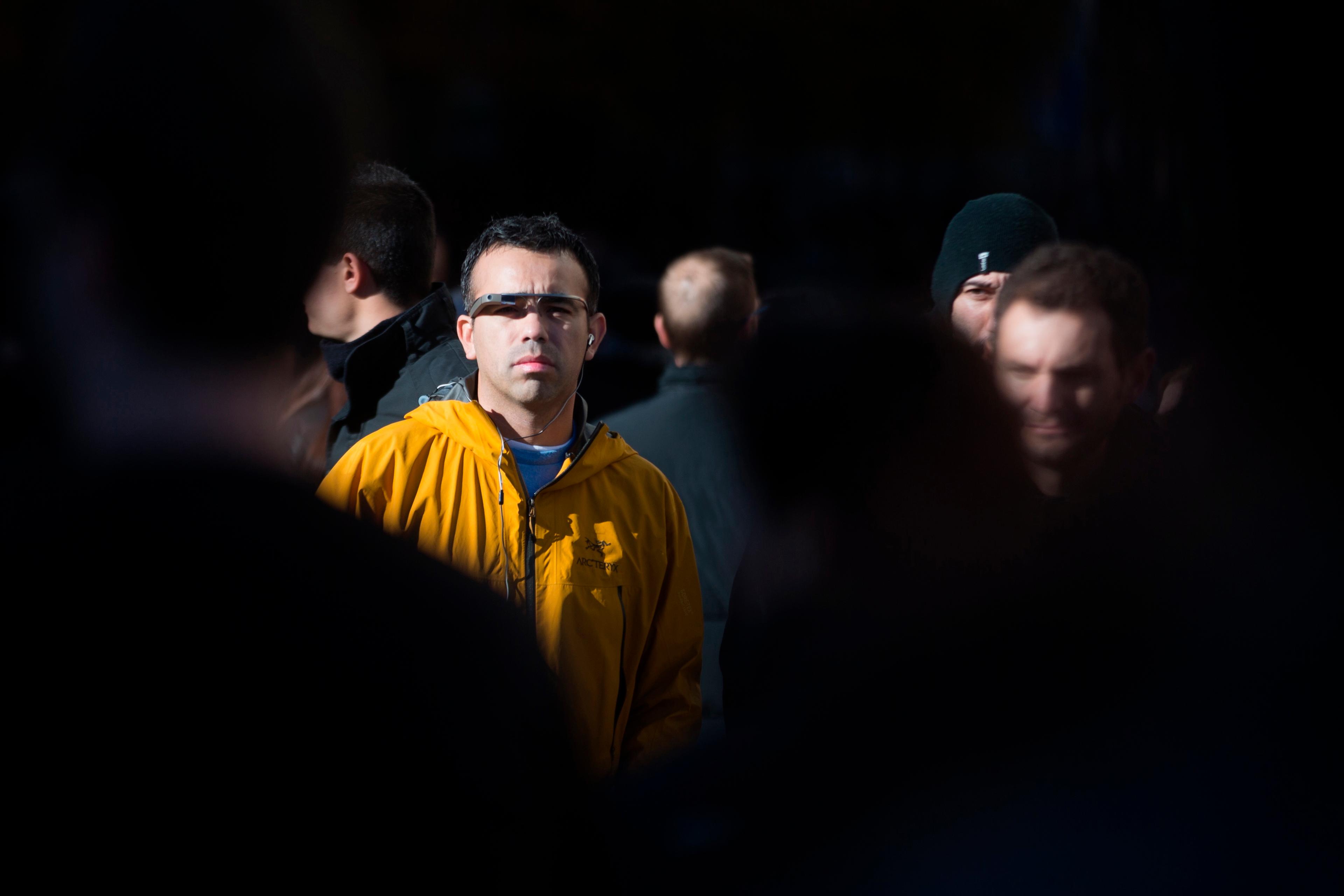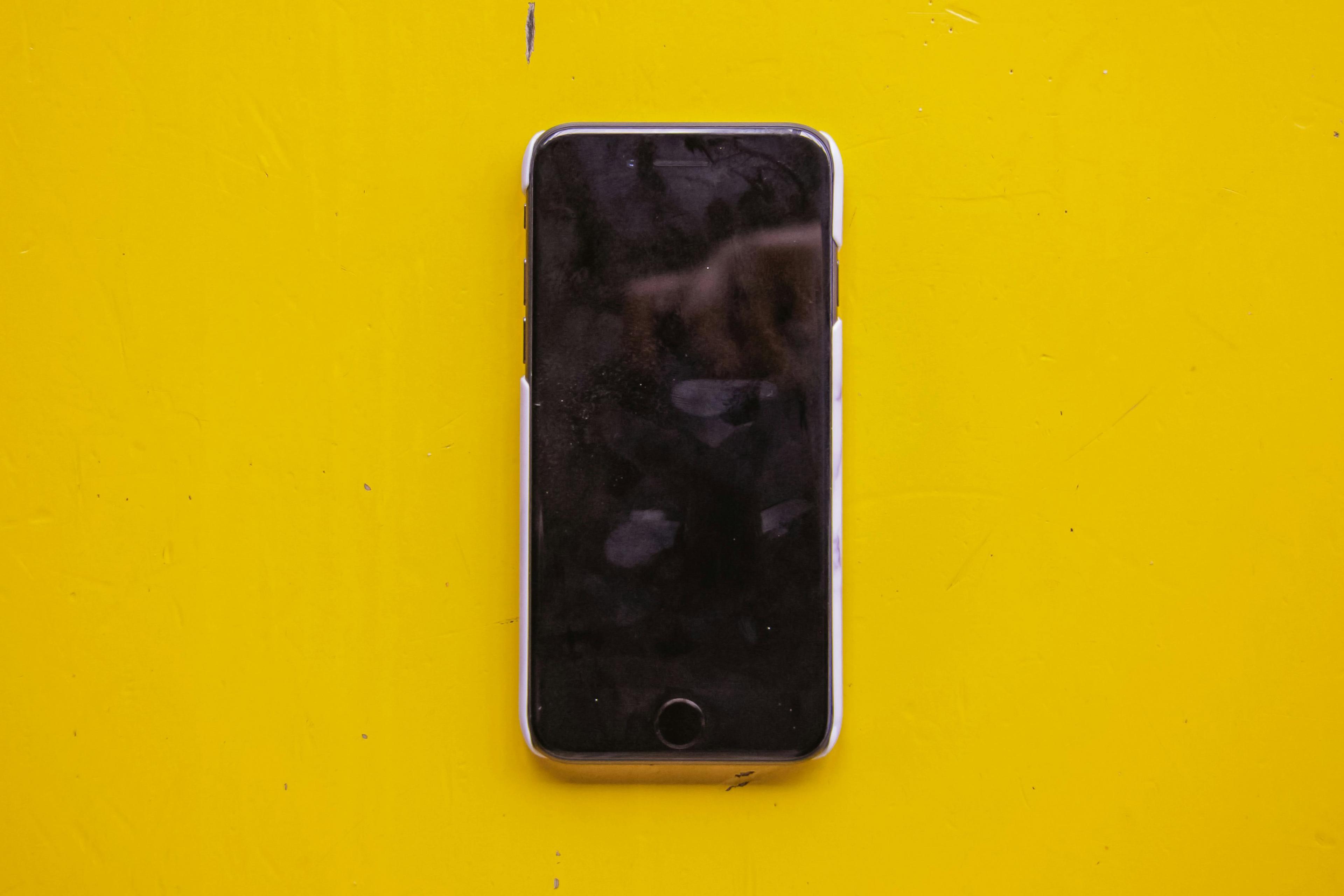In 2014, Kaiwei Tang joined the inaugural class of a startup incubator in New York. It was backed by Google, among others, and its goal was to turn Tang and his classmates into creators of viral apps and world-changing tech companies.
Given his experience designing phones for Motorola, Nokia and Blackberry, Tang was more than qualified. Yet he thought about technology differently from his teachers and peers. For them, he says, success was about users spending more and more time on their phones, engrossed in the founders’ new apps. But to Tang, who describes apps and phones as ‘tools’, this sounded perverse. Would the maker of a hammer boast about how long his customers spent using it?
By now, Tang’s gripe is solidly mainstream: millions of people feel (and are) addicted to their phones and social media. We worry about checking email during family dinners or about the fact that we spend more time documenting vacations on Instagram than enjoying them. Unlike most of us, though, Tang was in a position to do something about it. He co-founded a company, raised millions of dollars, and released a new product: the Light Phone.
The Light Phone made phone calls. That was it. It couldn’t even text. It was the phone you bought because you wanted to stare at the clouds or notice the flowers blooming when you walked to work. Tang’s target customers were desk workers who downloaded meditation apps and people who paid for digital-detox camps. But other people wanted the Light Phone, too. Tang found himself speaking with parents who sought a stripped-down phone for their young teens – and, in a development that surprised him, members of ultra-Orthodox Jewish families.
Tang’s Orthodox-Jewish customers live near the Light Phone offices, but in Williamsburg, Brooklyn – a neighbourhood increasingly associated with art and hipsters – they stand out, not least for their conservative black garb. While many use the internet regularly, their rabbis have vigorously debated avoiding it entirely.
‘I respect that,’ Tang tells me. They are customers, yes, but also peers in thinking critically about how to use technology.
Tang didn’t expect these unorthodox customers, but perhaps he should have. Because, in certain parts of the United States, you can find vendors selling new computers that can’t connect to the internet, and home appliances that must be powered by batteries, instead of conveniently plugging into an outlet. These customers are a group that’s approached technology for centuries with a focus on intentionality and on creating tools that align with their values. Better known for their horses, buggies and farms, that group is the Amish.
Despite growing up within driving distance of Amish Country, I never expected to see the Amish as a source of tech-savvy guidance. A decentralised religious group with roots in Germany and Switzerland, the Amish immigrated to the US in the 1700s – mainly to Lancaster County, Pennsylvania, where they remain a regular sight, sporting simple outfits, working on family farms, and driving horse-drawn buggies. Many Americans think of them as Luddites who make nice wooden furniture. For years, I viewed them (naively) as a society frozen in time. Had they just picked a year, I wondered, and refused to use any technology invented later than that?
My interest in the Amish began in a way that surprised me. A while ago, I started to feel like my days were too undirected, spent scrolling, scrolling, scrolling through Twitter and news aggregators and apps in a habitual, unfulfilling way. I didn’t have a breaking point, exactly, but I knew something was up when I realised I’d developed a habit of pulling out my phone on the toilet. With fresh eyes, as I started reading up on the business model of addictive technology and the advice for resisting it, I found myself reading about the Amish.
The fear that technology is changing us for the worse – by speeding up the world beyond our ability to cope – has been around for a long time. Decades ago, white-collar workers bemoaned the frenzy of after-hours faxes and the pressure to check their PalmPilots. Even further back, conservative intellectuals fretted over the ‘confusion’ and ‘froth’ unleashed by the printing press. For students of these silicon-induced inquietudes, the Amish have served, quietly, as an intriguing model of resistance.
‘The Amish communities of Pennsylvania, despite the retro image of horse-drawn buggies and straw hats, have long been engaged in a productive debate about the consequences of technology,’ noted Wired magazine in 1999. In 2013, an NPR reporter observed that the ‘Amish community [is] not anti-technology, just more thoughtful’. Kevin Kelly, the co-founder of Wired, spent time geeking out with ‘Amish hackers’ and peeking into workshops whose modern machines are powered by compressed air for his book What Technology Wants (2010). He concluded that: ‘In any discussion about the merits of avoiding the addictive grip of technology, the Amish stand out as offering an honourable alternative.’
The foundation of this ‘honourable alternative’ is to not adopt every single new technology, or use cars, phones and social media as soon as they become the norm. Instead, the Amish make slow and deliberate decisions as a collective. Rather than rushing optimistically or blindly into the future, they move forward cautiously, open but sceptical.
As it happens, Amish communities are home to plenty of tinkerers, hackers and technophiles. Just like early adopters who read the news online when ‘the internet’ was still a strange term, they rigged up light bulbs, bought telephones and surfed the web before their peers or church leaders knew much about them. Due to the decentralised nature of Amish religious life (there’s no Amish pope), no one set a policy for addressing these novelties. Contrary to what outsiders might expect, early adopters often aren’t censored, nor necessarily discouraged.
Nonetheless, in their small, tight-knit communities, neighbours and church leaders will take note. Many Amish communities shunned car ownership after watching car-owning families drive away for the weekend and play a reduced role in small-town life. Many banned phones in the house once their threat to the cherished tradition of neighbourly visits became clear.
Over a phone call with Ola Yoder, an Amish resident of Indiana who owns and runs a kitchen and bath company called Kountry Wood Products, I ask if he’s heard that people like me feel addicted to our phones. ‘I go to Chicago and see people walking with their smartphone out in front of them and almost walk in front of a car,’ he says with a chuckle. ‘It’s the craziest thing in the world. We don’t want to get away from [in-person] communication.’
As my call with Yoder makes clear, though, it’s rare that the church bans a technology outright. (In some cases, bishops do make these decisions – although most communities that Yoder knows of rely on conversations among church members that lead to votes and agreements.) Many Amish families share a telephone shanty: that is, they keep a telephone in a small structure and walk to it to make the occasional call or check their voicemail. Many Amish who are not allowed to own cars will accept rides in taxis, ambulances – or, my personal favourite, buses that drive straight to ‘Amish Vegas’, a Florida beach town where Amish let loose by playing shuffleboard and eating ice-cream.
‘The Amish adopt technology selectively,’ writes Donald Kraybill, professor of Anabaptist and Pietist Studies, in The Riddle of Amish Culture (1989), ‘hoping that the tools they use will build community rather than harm it.’
The Amish are not perfect, of course. Plenty of them use cellphones illicitly and, as Yoder notes, the church will often defer to business needs. ‘We go to banks and use ATMs and are very much involved in tech, whether we like it or not,’ he says, ‘because the world is changing.’ And no matter how addicted to your phone you might feel, you might remain understandably averse to delegating your decisions to others.
But anyone can still learn from the Amish example by adopting a few strategies.
For one thing, you might consider putting any new app or gadget through a trial period. Think about what you want out of the tool, try it out, discuss its influence with people you’re close to – and only then make a decision, adjusting your usage to meet your goals. If following people at random on Instagram turns into an addictive distraction, or puts pressure on you to keep up with the Joneses, consider following just a few friends and family members. Using your laptop or smartphone mindlessly? Maybe lock your devices in a closet whenever you don’t need them, just to create that added barrier to pointless use.
As you pick and choose, adapting technology to your needs, it might help to establish a set of guiding principles. For example, the Amish ethos places prime value on family and neighbourly life. It also strives to maintain a separation from the world, which informs their policy of not connecting to the electric grid, but rather powering appliances with batteries or other alternatives. For Tang – who is now adding features to the Light Phone II in response to customers’ frustrations with the extremely minimal first version – the company’s core principles now include commitments to stay ad-free, and to ensure that every action has a clear ending. That means saying ‘yes’ to calling an Uber on a Light Phone, but ‘no’ to social media’s infinite feeds. You might want to borrow the ‘no infinite feeds’ policy from Tang, as well as the relatively relaxed approach of the Amish toward technology at work but greater restrictiveness at home. (Yoder has email for work, but he and his wife go to the post office regularly to mail personal letters.)
Above all, decide to be OK with seeming eccentric. The Amish’s unusual approach has allowed them to survive for centuries, even while other cooperatives and intentional communities fall by the wayside. Most Silicon Valley CEOs severely restrict their own children’s access to phones and screens. Given that current research suggests that millions of people are carrying machines in their pockets that stress them out and make them unhappy, perhaps an approach that seems a little unusual is called for. Even if that means taking technology lessons from the Amish.








